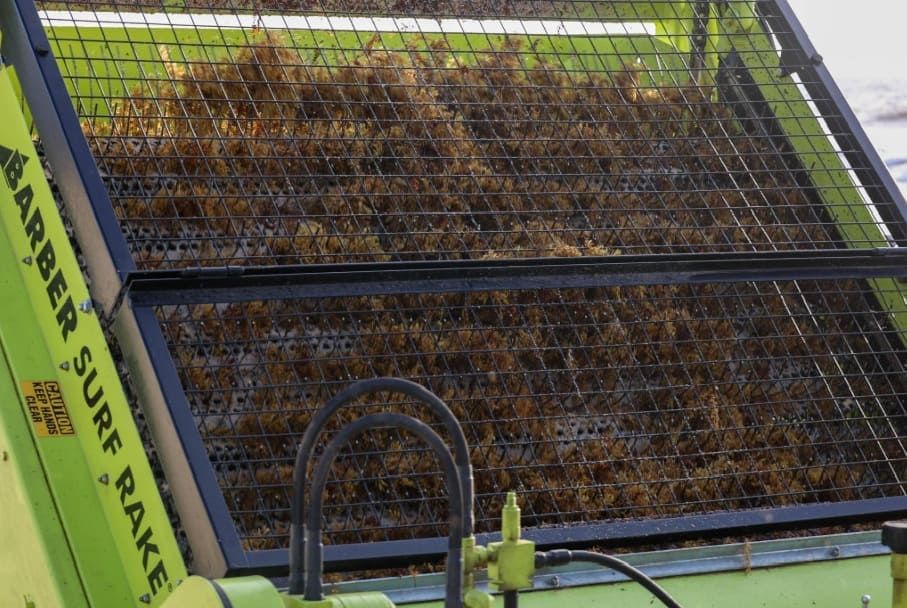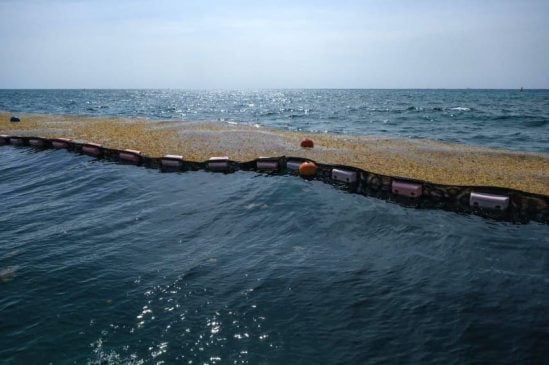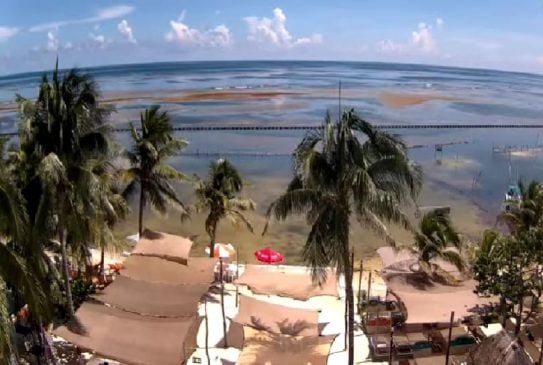Riviera Maya, Q.R. — The government of Mexico has incorporated sargassum as a fishing resource with development potential in the National Fisheries Charter. The classification was made official August 6 by the Ministry of Agriculture and Rural Development (AGRICULTURA) with a publication in the Official Gazette of the Federation (DOF).
The Ministry of Agriculture describes this event as a significant milestone in the management of Mexico’s marine resources, opening the door to the technical, sustainable management and economic use of sargassum.
Hence, the Mexican Institute for Sustainable Fisheries and Aquaculture Research (IMIPAS) headed by Víctor Manuel Vidal Martínez, who was also part of the classification decision, is key to this process, spearheading scientific research that allows for a better understanding of the ecological and productive role of this macroalgae.
In the open sea, sargassum forms veritable floating oases that harbor a unique marine ecosystem. These formations provide food and shelter for numerous species such as dorado, tuna and horse mackerel, which are highly commercially valuable fish.
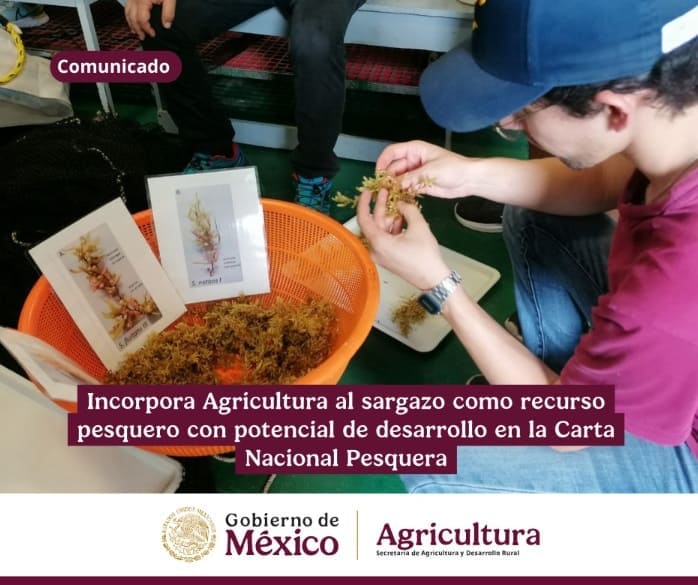
Furthermore, sargassum performs essential ecological functions such as carbon sequestration and heavy metal bioabsorption. Even when it reaches the coast in moderate quantities, it helps prevent erosion and nourishes dune ecosystems.
According to the agreement published on August 6 in the Diario Oficial de la Federación (DOF), large biomasses of holopelagic sargassum are emerging as a resource with multiple industrial applications: a food supplement in animal husbandry, fertilizers, biofuels, bioplastics, bioremediations and purifiers for water treatment, fibers and dyes for the textile and footwear industries and biomaterials for brick making.
The estimated collection volume is up to 945,000 tons of dried sargassum annually, collected by specialized vessels such as the Ocean Sargassum Vessel, designed by the Navy.
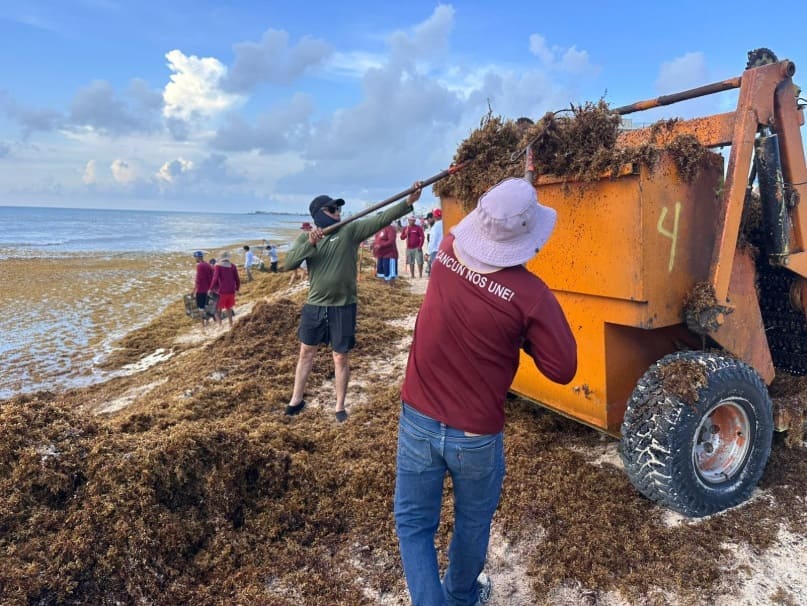
The accelerated growth of sargassum, which can double its biomass in less than three weeks, also represents a dynamic challenge. Therefore, IMIPAS points out that constant monitoring of biomass and ocean conditions is essential to anticipate its arrivals, especially in the Caribbean Sea, a highly vulnerable area.
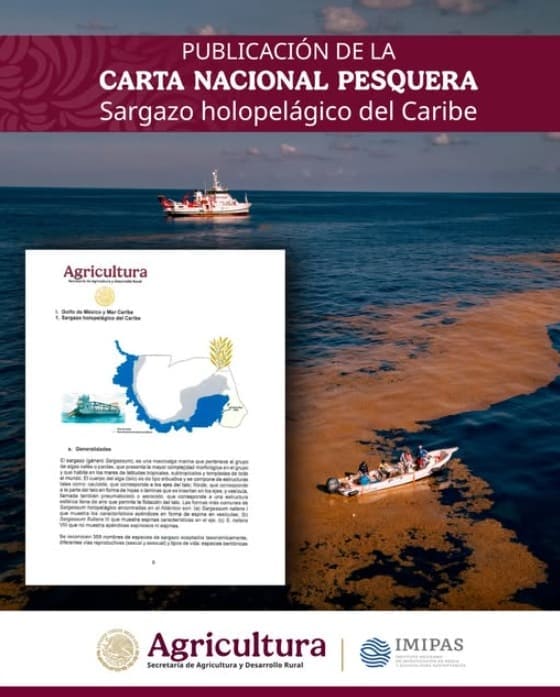
In this regard, it indicates that it is advisable to develop specific regulations, fisheries management plans and fisheries management strategies under an Integrated Coastal Zone Management (ICZM) approach with the participation of authorities from all levels of government, the productive sector and academia.
With this action, the Mexican government, led by President Claudia Sheinbaum, is taking a firm step toward sustainable management of sargassum, not only to address an environmental challenge but also to generate sustainable economic opportunities for the benefit of coastal communities.
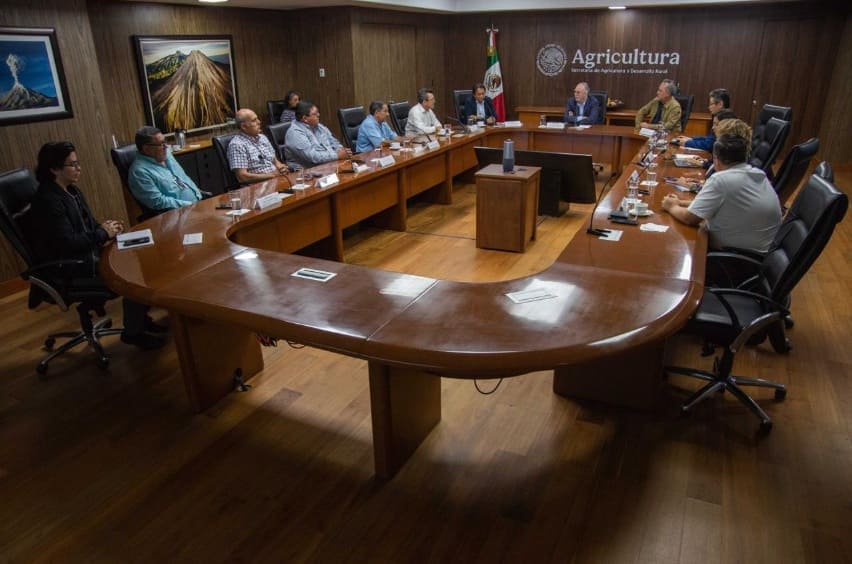
The update of the National Fisheries Chart is the cartographic and written presentation of the summary of the necessary information for the diagnosis and comprehensive evaluation of fishing activity and the indicators on the availability and conservation of fishing resources in waters under federal jurisdiction.
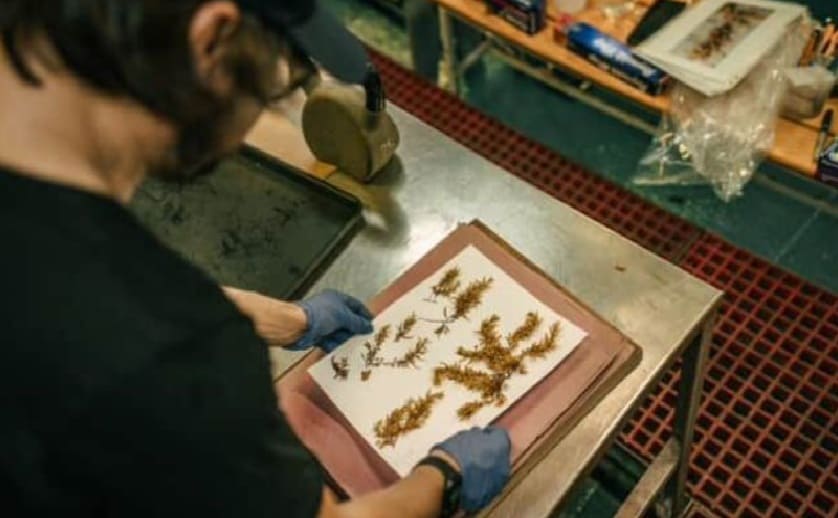
The August 6 incorporation of sargassum as a fishing resource was made in conjunction with the Mexican Institute for Sustainable Fisheries and Aquaculture Research (IMIPAS), the National Aquaculture and Fisheries Commission (CONAPESCA) and the Ministry of Environment and Natural Resources (SEMARNAT) in an update to the country’s National Fisheries Charter, which now includes Caribbean holopelagic sargassum as a fishery resource with development potential.
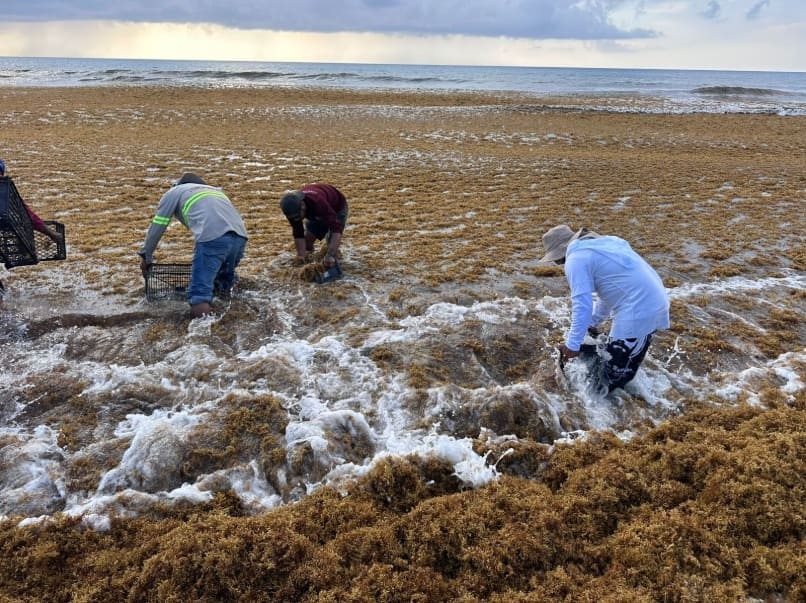
The new change in federal law will help the Quintana Roo government to move forward with the final phase of its plan to establish the state’s first sargassum transformation centre in being able to transform the state’s sargassum problem into a sustainable economic opportunity.
The goal for Quintana Roo is to certify sargassum harvesting as a greenhouse gas mitigation measure by preventing its decomposition on beaches. This measure would allow for the generation of unemitted CO₂ certificates (carbon credits) which could be traded in voluntary or regulated markets.
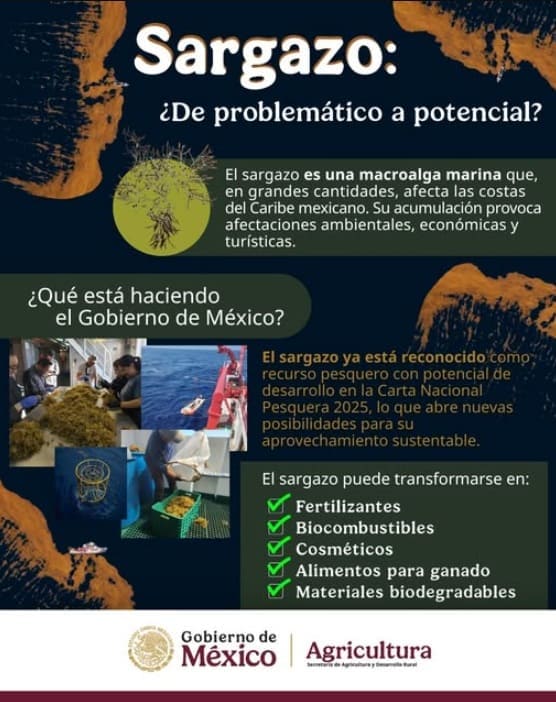
The state is also looking to use the seaweed to generate biogas through biodigestion, as well as mixing it with organic waste and plant pruning, all with a circular economy vision.
